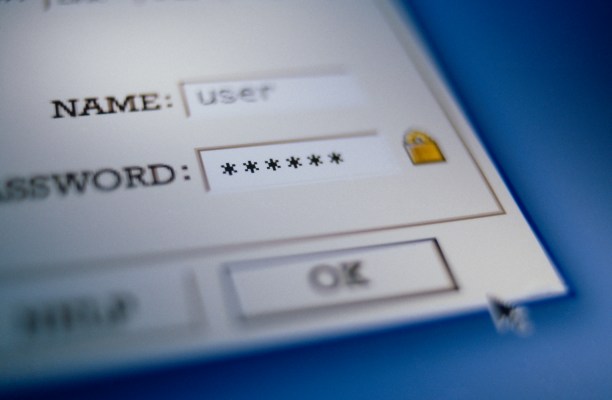Kids growing up in low-income neighborhoods have always faced extra challenges when it comes to keeping up with their middle- to high-income peers. And with the dawning of the digital age, low-income students now face a new, unprecedented challenge: access to high-speed internet.
More than ever, students are required to go online to complete homework, collaborate on projects and conduct research. For students with no internet access at home, this can be a daunting challenge. Even though 85 percent of the nation has access to broadband internet, one White House release noted that less than half of the households in the lowest income bracket have an internet subscription at home.
“While many middle-class U.S. students go home to internet access…too many lower-income children go unplugged every afternoon when school ends,” according to the White House release. “This ‘homework gap’ runs the risk of widening the achievement gap, denying hardworking students the benefit of a technology-enriched education.”
In response, the White House launched ConnectHome in 2015. This initiative set out to bring high-speed internet to more than 275,000 low-income families in 28 communities across the nation. Likewise, companies like Microsoft, Google and Comcast have rolled out programs to help bridge the digital divide.
Although these large-scale programs are leading the way, it’s smaller, grassroots startups that will ensure the delivery of high-speed internet to every home in America. Startups and nonprofits across the country are stepping up to help low-income families connect to the internet. They deliver programs that aim to facilitate the personal, academic and professional growth of their local communities.
One of the most established organizations delivering internet access to those who can’t afford it is Connecting for Good. This nonprofit based in Kansas City formed in 2011, after Google announced that Kansas City would be the first city to receive Google Fiber. By the end of 2012, Connecting for Good had installed its first free Wi-Fi network, providing connectivity to almost 400 low-income residents.
It’s crucial for all children to have access to the tools and resources they need.
In addition, the group provides digital literacy training and offers refurbished laptops for just $50. Connecting for Good is funded through grants and private donations, and one of its co-founders was named the manager of President Obama’s ConnectHome program.
In the Bronx, where one-third of the residents go without home internet, startup Neture, Inc. aims to provide reliable, high-speed internet access to all. Founded in 2014, Neture launched its third phase last summer, and currently provides a combination of free and low-cost internet to several Bronx neighborhoods. The company also provides free computers as amenities in some apartment complexes, and is devoted to teaching digital literacy.
Because the achievement gap is a mosaic of different challenges, some startups are focused more on teaching tech skills and harnessing available tech to improve student support. Even though these organizations aren’t providing internet access, the ultimate success of all of these ventures — and the children they hope to help — will depend on unilateral access to home internet.
Code Fever is a southern Florida startup on a mission to encourage under-resourced and minority students to learn coding. The company hopes to inspire these students, ages 13 to 21, to create their own tech-related startups in their communities and become the STEM (science, technology, engineering and math) leaders of the future. Code Fever started in 2013 and raised $75,000 through crowdfunding efforts.
TalkingPoints is another organization working to bridge the achievement gap with technology. The founders wanted to provide a way for parents, students and teachers to overcome language barriers, so they developed a multilingual texting platform that can translate text messages into the language of the recipient. Teachers can text parents in English, and the parents are able to read the message (and respond) in their own language. TalkingPoints is free to schools and supported by grants and private donations.
In a world that keeps getting faster and more tech-savvy every day, it’s crucial for all children to have access to the tools and resources they need to become productive, successful members of society. As time goes on, home internet access will become increasingly necessary for students to engage, grow and perform at school. Fortunately, government programs, big business initiatives and grassroots startups are already well on their way to making high-speed internet accessible to every household.
